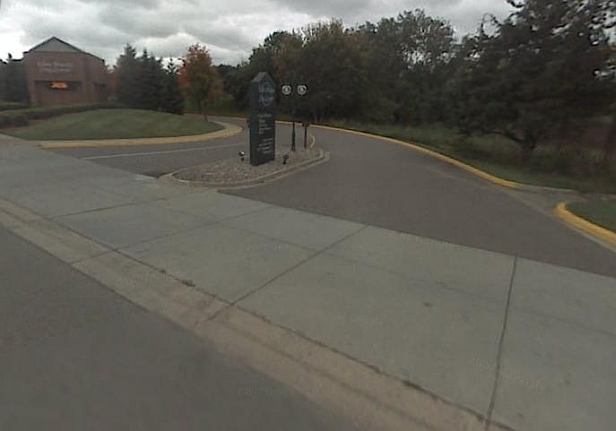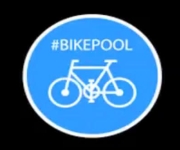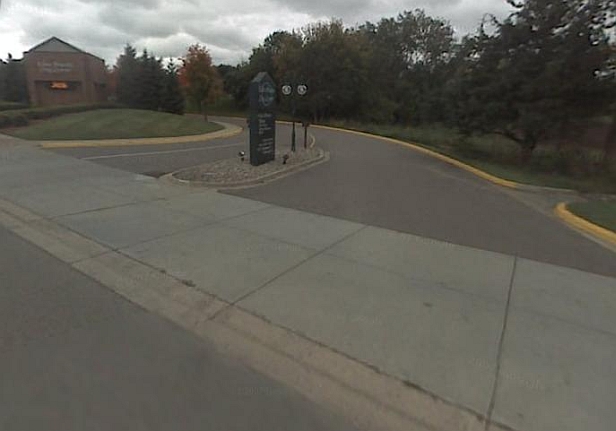Money magazine just came out with its click-friendly “Best Places to Live” package, with lots of lists of the U.S. towns with the best jobs, schools, home values, crimes rates, “charm,” etc. Eden Prairie, Minn., gets top billing for its low unemployment rate (5.1 percent), and it seems like a very pleasant place to raise a fami–
Except, woah, what a hellhole:
 Courtesy ontransport.wordpress.com
Courtesy ontransport.wordpress.com
There’s no town square, no park, and not a single business within walking distance of city hall … It sits next to a retention pond that appears to have been created to collect the runoff for the huge parking lot. The building is a low-rise, two-story building that appears to be the length of about three football fields. The building has no true front door, but rather several entrances that keep its citizens from having to traverse an entire parking lot just to get in.
Money stated in its description of Eden Prairie that it “doesn’t have much of a downtown.” That’s a lie; it literally has no downtown at all. The entire town is made up of suburban sprawl, office parks, strip malls, and a big hulking indoor retail monstrosity known as Eden Prairie Plaza surrounded by acres of parking without a tree in sight.
That’s transportation blogger Chris O’Leary smacking down the Minnesota exurb — and the whole Money list, which features almost exclusively towns that are built around auto transportation (most of our nation is, after all).
O’Leary’s visceral negative reaction to sprawl seems rather typical among supporters of Smart Growth/Bright Green urbanism/livable-walkable-what-have-you. And it reminds me that a lot of exurban and suburban residents have an equally negative reaction to condescension from the urbanist crowd. I’m not sure what to make of that urban-suburban cultural gap, but the polarization won’t make it any easier to work together.
That said, there are good reasons to criticize the sprawl design model — it requires a lot of the oil and coal that are measurably cooking our planet, for one thing.



